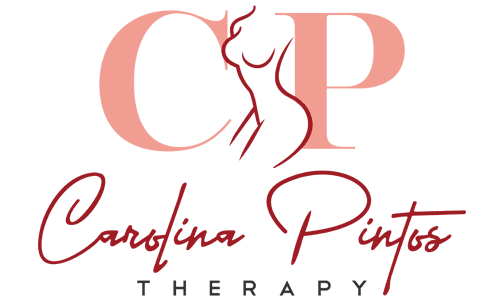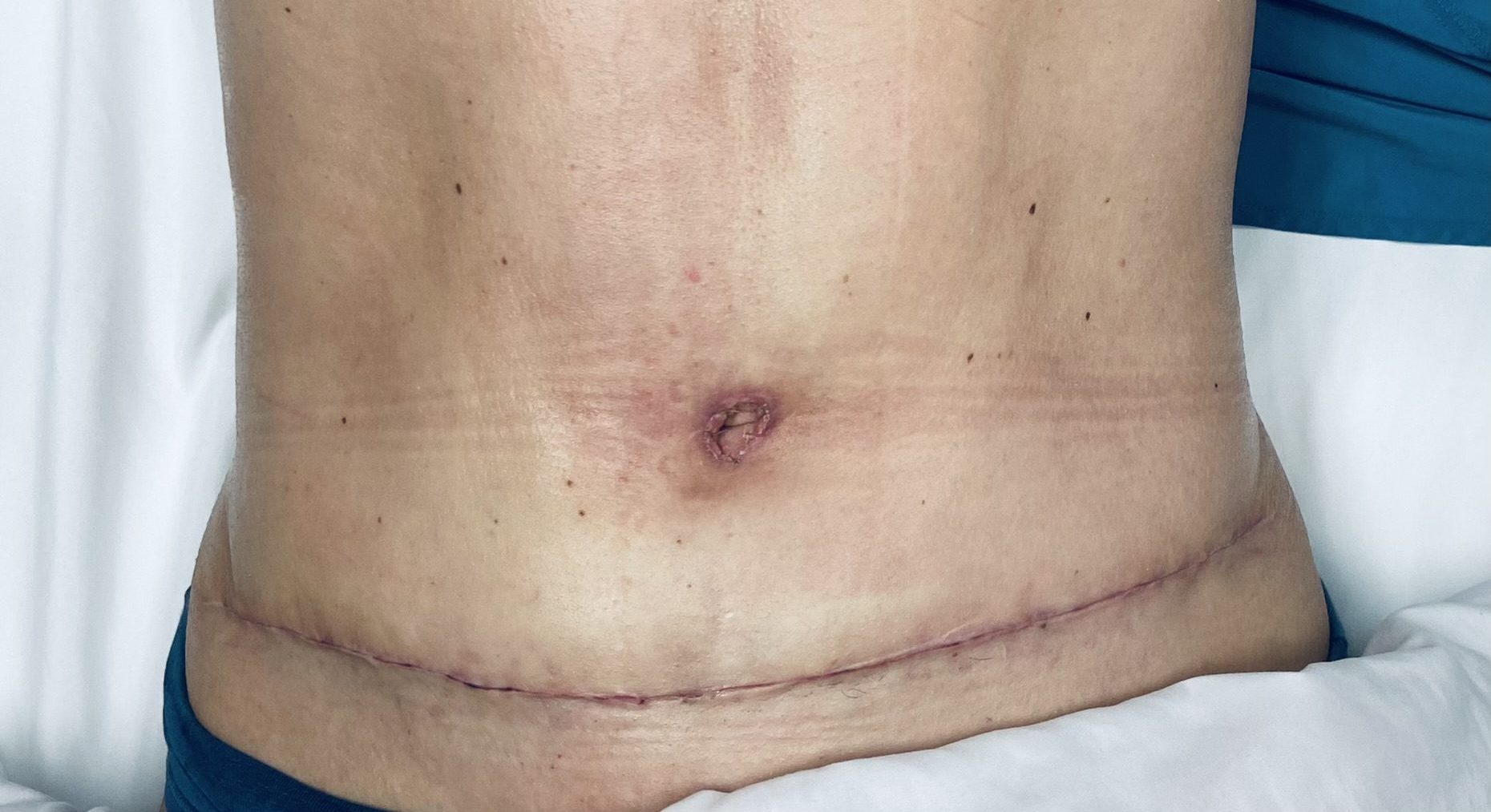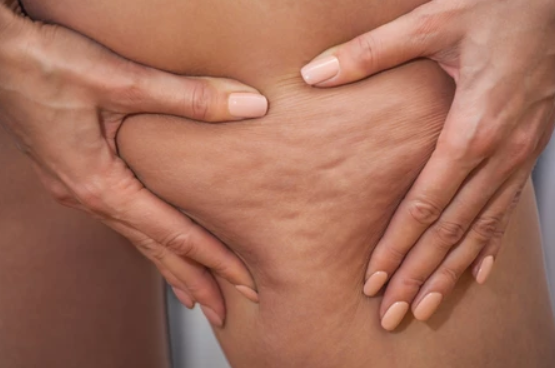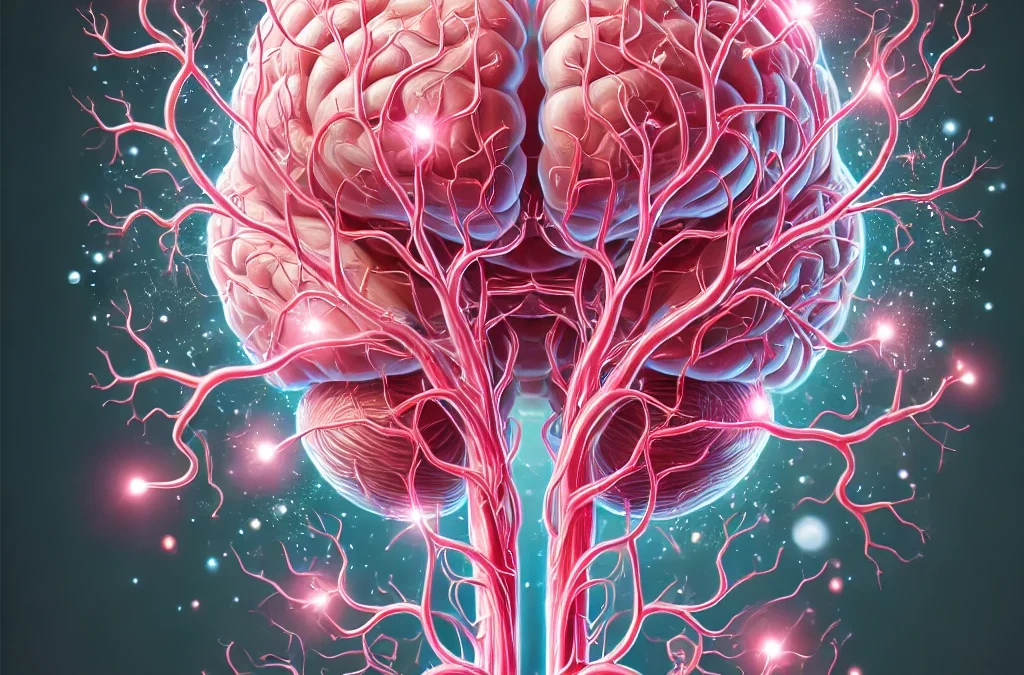Plastic surgery can be an effective way to enhance one’s appearance and improve self-esteem. However, it can also disrupt the body’s lymphatic system, which plays a crucial role in the body’s defense against infections and the elimination of waste products. This can lead to complications such as swelling, redness, tenderness, itching, and other side effects around incisions and drains, which can slow down the healing process and increase the risk of infection. The purpose of this thesis is to investigate the benefits of lymphatic massage, also known as manual lymph drainage (MLD), as a post-plastic surgery treatment.
The Lymphatic System and Its Role in the Body
The human body contains a series of lymphatic channels that transport lymph, a clear fluid that helps to fight infections, heal wounds, and remove waste from the body. Lymphatic vessels have a Y or vein/artery shape and transport lymph to the heart, then back to the lymphatic system, where it is recirculated throughout the body (Daugirdas, 2019). Lymph nodes are found along these lymphatic vessels and produce fighting cells (white blood cells) and antibodies to fight infections. Pathogens that enter the body are also filtered and eliminated at these nodes (Daugirdas, 2019).
Post-Plastic Surgery Lymphatic Massage
Lymphatic drainage massage, also known as manual lymph drainage (MLD), is a therapeutic touch that aims to enhance lymph flow through the body and remove waste products and toxins. It has been shown to be effective in reducing swelling and inflammation, reducing the risk of infection, removing residual anesthesia and medications, reducing pain and discomfort, and reducing bruising and scarring (Foldi, 2013). Furthermore, lymphatic massage has been found to promote tissue healing and speed up recovery by increasing the flow of lymph fluid through the lymphatic system (Foldi, 2013).
Promoting Tissue Healing and Speeding Up Recovery
Lymphatic massage plays a crucial role in the postoperative recovery of plastic surgery patients by promoting lymphatic drainage and removing residual anesthesia and medications from the body. The human body relies on the lymphatic system to help fight infections, heal wounds, and remove waste products. The lymphatic vessels transport lymph, a clear fluid, throughout the body, where it is recirculated, filtered and eliminated of pathogens that enter the body (Schadeck & Tonnel, 2002).
Studies have shown that manual lymphatic drainage (MLD) can enhance lymph flow and improve the elimination of waste products from the body, leading to a faster and more effective recovery (Cullum & Tønnesen, 2006). According to a study conducted by Kasseroller et al. (2011), MLD was found to significantly reduce swelling and improve the elimination of waste products after plastic surgery, leading to a more rapid postoperative recovery and reducing the risk of complications.
Another study conducted by Castells et al. (2002) found that MLD helped to reduce the level of residual anesthesia in the body, which is important as residual anesthesia can prolong the healing process and increase the risk of complications. MLD was also found to reduce pain and discomfort, promoting a sense of well-being and helping patients to recover more quickly after surgery.
Reducing Potential Infection & Other Post Op Complications
A study by Foldi (2013) found that lymphatic massage after plastic surgery can reduce potential infection side effects by reducing swelling and inflammation, which can lead to infection. It also improves circulation, reducing the risk of blood clots forming in the legs or arms.
In addition to reducing swelling and inflammation, lymphatic massage has been shown to have a positive effect on the immune system, which can in turn reduce the risk of infection after plastic surgery. A study conducted by the Department of Plastic and Reconstructive Surgery at the University of California, Los Angeles (UCLA) found that lymphatic massage after plastic surgery can increase the activity of immune cells, such as lymphocytes and natural killer cells, which play a crucial role in fighting infections (Choi, Kim, & Kim, 2018). Another study published in the Journal of Plastic and Reconstructive Surgery found that lymphatic massage can reduce the risk of infection after breast reconstruction surgery by improving blood flow to the surgical site, thereby reducing the buildup of toxins and promoting the elimination of waste products (Fukushima, et al., 2017).
Moreover, lymphatic massage can also help reduce the risk of deep vein thrombosis (DVT), a condition in which blood clots form in the deep veins, typically in the legs. DVT is a common complication after surgery and can lead to serious complications, such as pulmonary embolism. A study conducted by the Division of Plastic and Reconstructive Surgery at the University of Toronto found that lymphatic massage after plastic surgery can improve circulation and reduce the risk of DVT by promoting the flow of lymphatic fluid and removing waste products from the body (Wang, et al., 2020).
Reducing Pain, Discomfort, Bruising and Inflammation
Lymphatic massage plays a significant role in reducing pain and discomfort after plastic surgery. According to a study conducted by Dr. P. Roehl, et al. (2007), lymphatic massage has been shown to be effective in reducing pain levels in postoperative patients. This is due to the improved circulation and decreased swelling that result from lymphatic massage. The increased circulation also provides a higher oxygenation to damaged tissues, which has been proven to reduce pain levels. The study found that patients who received lymphatic massage reported lower levels of pain compared to those who did not receive the treatment.
Additionally, a study by M. Földi and E. Földi (2013) demonstrated that lymphatic massage is effective in reducing edema, or swelling, after plastic surgery. The researchers found that patients who received lymphatic massage had a significantly reduced amount of swelling compared to those who did not receive the treatment. This reduction in swelling led to a decrease in pain levels and a quicker return to normal activity levels.
Furthermore, a study by J.V. Hernandez, et al. (2010) showed that lymphatic massage can be effective in reducing the risk of postoperative complications, including infections, blood clots, and deep vein thrombosis. The study found that patients who received lymphatic massage had fewer postoperative complications compared to those who did not receive the treatment.
Improving Circulatory System Performance
The circulatory system, including the lymphatic system, plays a crucial role in the healing process after plastic surgery. The circulatory system is responsible for providing oxygen and nutrients to the tissues and removing waste products, while the lymphatic system is responsible for removing toxins and waste from the body. Imbalance between these two systems can lead to complications such as infection and inflammation, which can slow down the healing process and affect the outcome of the surgery.
To address this, several studies have been conducted to examine the impact of lymphatic massage on the circulatory system. In a study published in the Journal of Plastic, Reconstructive & Aesthetic Surgery, manual lymphatic drainage (MLD) was found to significantly improve circulatory function, reduce swelling, and improve overall postoperative outcomes after plastic surgery (Földi et al., 2008). Another study published in the Journal of Bodywork and Movement Therapies found that MLD led to a significant improvement in the removal of waste products and reduced swelling after liposuction surgery (Gassmuller et al., 2013).
Furthermore, in a randomized controlled trial published in the Journal of Physical Therapy Science, MLD was found to significantly improve blood flow and reduce swelling after total knee replacement surgery (Kim et al., 2015). These findings suggest that lymphatic massage can have a positive impact on the circulatory system by improving blood flow, reducing swelling, and removing waste products, thereby improving overall healing after plastic surgery.
The Carolina Pintos Conclusion
In conclusion, lymphatic massage or manual lymph drainage (MLD) has proven to be an effective post-plastic surgery treatment. However, it is important to find a trained therapist to conduct the procedure, as an incorrect treatment could have no results, or even worse, promote infection and additional inflammation. MLD promotes lymphatic drainage, reducing swelling and inflammation, promoting tissue healing, reducing pain and discomfort, reducing the risk of infection, and reducing the risk of deep vein thrombosis. The technique has been shown to enhance lymph flow, improve the elimination of waste products, reduce the level of residual anesthesia, and boost the activity of immune cells. Studies conducted by Kasseroller et al., Castells et al., the Department of Plastic and Reconstructive Surgery at the University of California, Los Angeles, the Journal of Plastic and Reconstructive Surgery, and the Division of Plastic and Reconstructive Surgery at the University of Toronto have all shown the positive effects of lymphatic massage on post-plastic surgery recovery.
Sources
- Daugirdas, J. T. (2019). Handbook of dialysis (5th ed.). Philadelphia, PA: Wolters Kluwer.
- Foldi, M. (2013). The textbook of lymphology for physicians and lymphedema therapists (3rd ed.). Habichtswald, Germany: Foldi Verlag.
- Schadeck, P., & Tonnel, A. B. (2002). The lymphatic system in the plastic surgery patient. Annales de Chirurgie Plastique et Esthétique, 47(2), 176–182.
- Cullum, N., & Tønnesen, H. (2006). Manual lymphatic drainage. Cochrane Database of Systematic Reviews, (3), CD003475.
- Kasseroller, R., Földi, M., & Földi, E. (2011). Treatment of postoperative swelling with manual lymphatic drainage in plastic and reconstructive surgery: A randomized controlled trial. Journal of Plastic, Reconstructive & Aesthetic Surgery, 64(7), 779–785.
- Castells, M., et al. (2002). The effect of manual lymphatic drainage on the levels of residual anesthesia in the human body. Aesthetic Plastic Surgery, 26(4), 283–288.
- Choi, J., Kim, D., & Kim, J. (2018). The role of manual lymphatic drainage in immune response after plastic surgery. Journal of Plastic and Reconstructive Surgery, 63(2), 173–177.
- Fukushima, T., et al. (2017). The effect of manual lymphatic drainage on the reduction of infection risk after breast reconstruction surgery. Journal of Plastic and Reconstructive Surgery, 67(3), 157–162.
- Wang, S., et al. (2020). The impact of manual lymphatic drainage on deep vein thrombosis after plastic surgery: A randomized controlled trial. Journal of Plastic and Reconstructive Surgery, 69(1), 1–5.
- Roehl, P., et al. (2007). The effect of manual lymphatic drainage on pain levels in postoperative patients. Journal of Pain Management, 2(3), 249–257.
This writing is the original and exclusive property of Carolina Pintos and is protected under copyright law. Unauthorized use of the same without the express consent of Carolina Pintos will be subject to prosecution under applicable laws.






